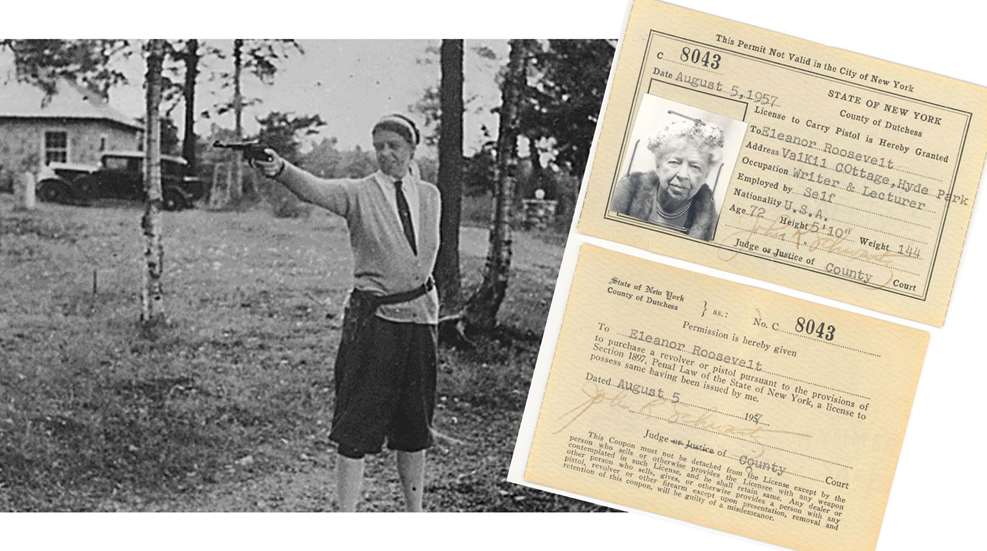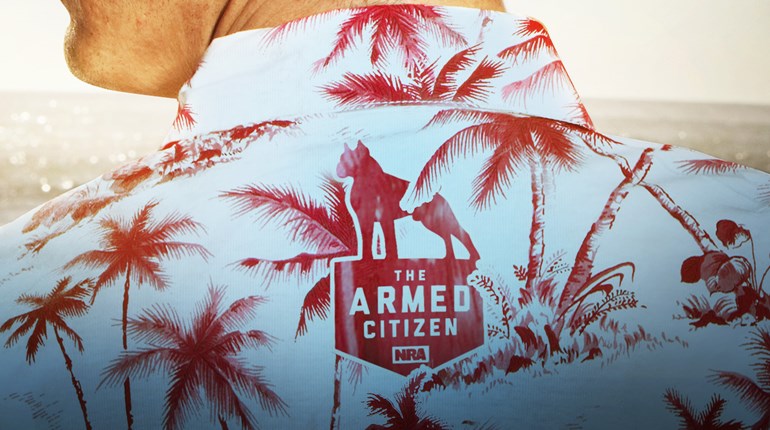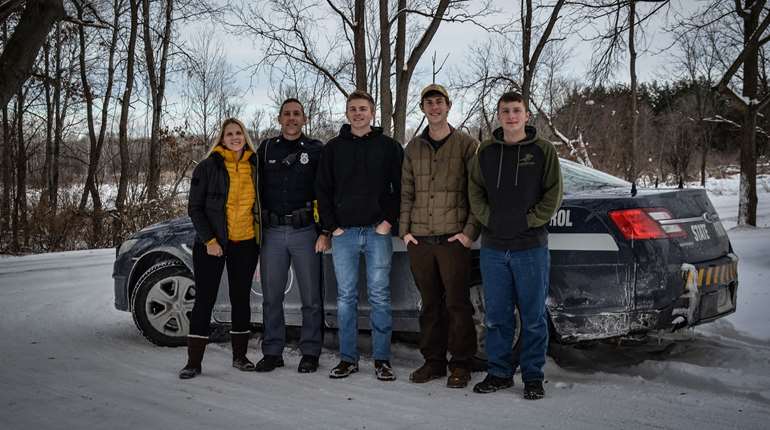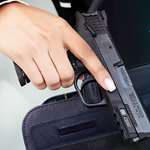
Eleanor Roosevelt, first lady to the 32nd president, Franklin D. Roosevelt, was a writer, activist and lecturer who frequently drove all over the country both during and after Roosevelt’s presidency. She was adamant about driving herself to her speaking engagements and other projects without an agent, escort or chauffeur—even after her husband survived an assassination attempt in 1933.
At a loss to secure the First Lady’s safety, the director of the Secret Service at the time, William H. Moran, eventually offered her a compromise: a revolver of her own to carry. Eleanor accepted the firearm and, once a Secret Service agent taught her how to use it, carried it everywhere.
She later told a reporter, “If the necessity arose, I do know how to use a pistol.” Women carrying firearms for self-defense was relatively unusual for the time period, but Eleanor, a self-described “fairly good shot,” wasn’t terribly concerned about whether people found her unusual. In fact, even after FDR died and Eleanor moved back to New York, she continued to carry concealed—and for good reasons.
Sadly, another somewhat unusual activity for the time period was championing child welfare, housing reform and equal rights for women and minorities. Eleanor strongly believed in those ideas and never shied away from her work. The result was that she became quite controversial in some sectors, even receiving credible death threats. That’s why she acquired a concealed-carry permit at age 72.
This accomplished First Lady was dedicated to her personal safety for the rest of her life. Eleanor may have seemed something of an unlikely friend to the Second Amendment. However, she valued her independence … and her .22 Smith & Wesson Outdoorsman revolver.
















































